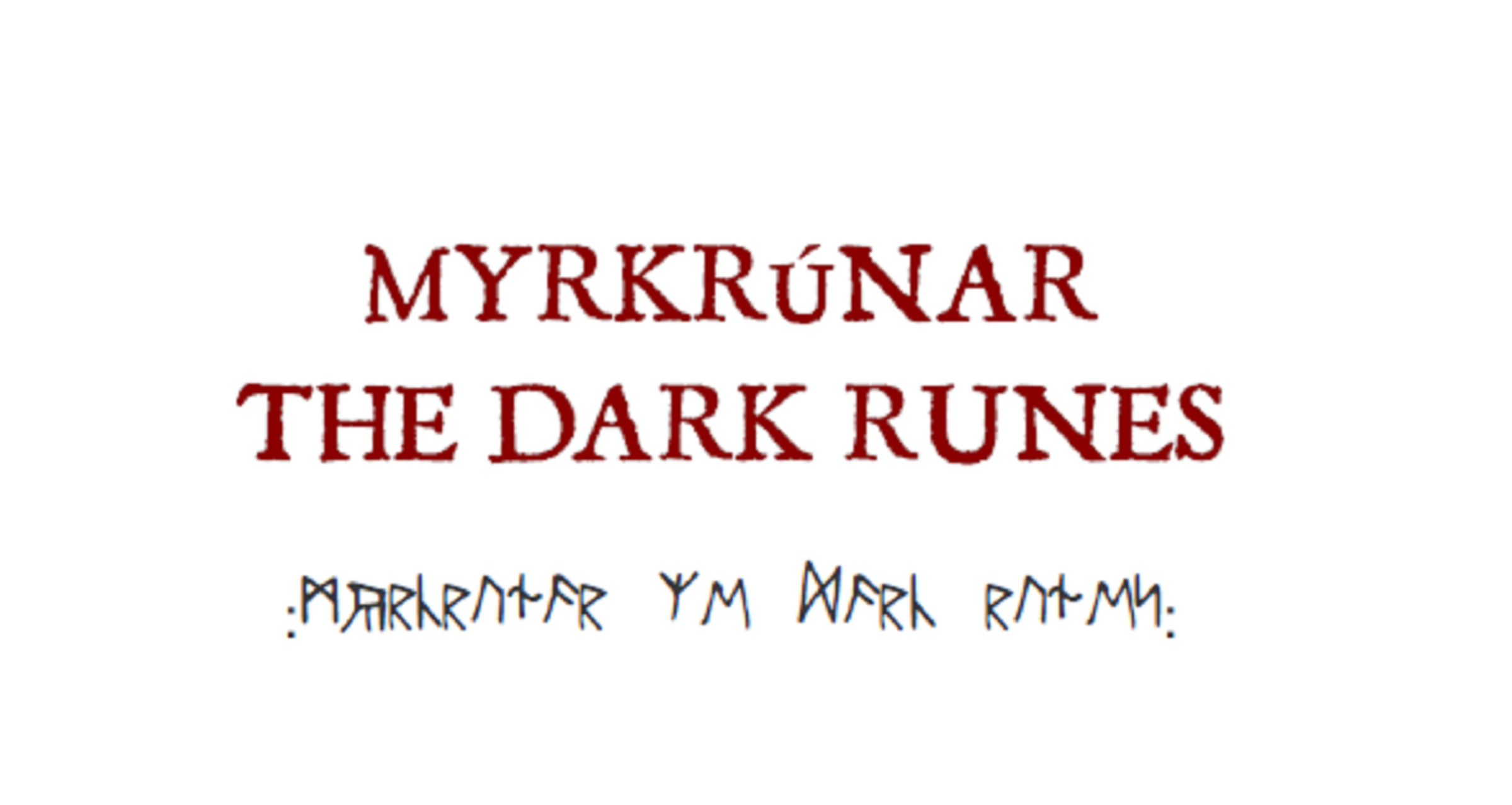
In my personal practice of divination and spiritual magick I have studied all the variants of Runes for many years even going beyond the Elder Futhark such as the Svartrúnar, Venedské Písmo (Vendic/Slavic Runes), Dvergadylgjur and more. I find them extremely fascinating and am always drawn to learn more in order to evolve myself regarding them and my personal practice. Years ago I came across an amazing book which I simply had to get and fortunately was able to even though all editions of it are out of print. The book is called Myrkþursablót: Nightside of The Old Norse Mythology by Niðafjöll & Wilthijaz Yggr. Within the amazing contents of this book are the Myrkrúnar (The Dark Runes). The simplest way I can describe these Runes are that they are the yin to the yang of the Elder Futhark. In other words the “Left hand path” of Runic divination and could be considered a part of the “Dark” Runes of divination such as the Svartrúnar, Tröllaletur, Úlfurrúnar and a few others I study and use. Today’s blog post I will cover in detail the Myrkrúnar in hopes to give those interested a better understanding of them.
Before I begin I want to add this note. I understand that there are PDF copies of this book in its three editions available free to download online but I will not be including said links on this post. However if you wish on your own time to search for them then by all means have at it.
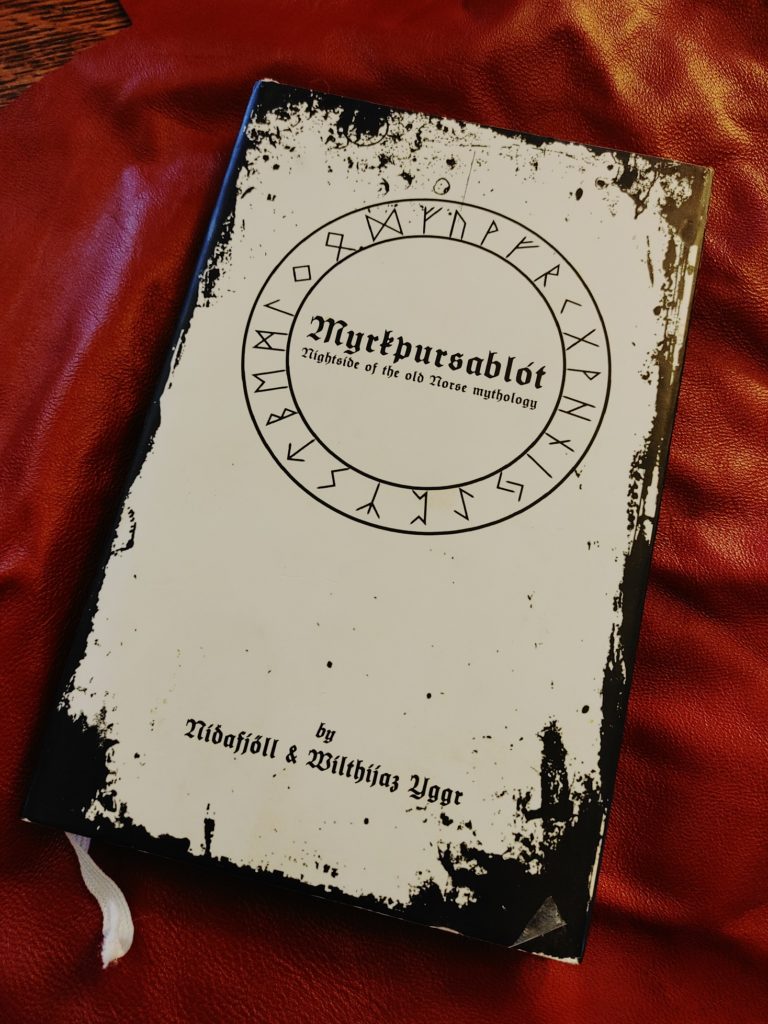
Directly from the Myrkþursablót
When it comes to runic magic and meditation, the Uþark row as coined by philologist Sigurd Agrell is the main system used within Myrkþursablót. The Uþark row represents death through primordial darkness (Uruz) and the glorious reward of spiritual rebirth (Fehu). The Uþark row is seen as a journey from dark to light as you travel from each rune to reach the end of the row. After great extensive study, meditation and ritual, the Uþark row grants its wisdom to those
who are willing to begin walking its path and learn its secrets for it is a dark and misty dirt road into unknown wilderness which offers no guide.For more information on the rune system, one would be wise to read the volumes Die spätantike Alphabet-Mystik und die Runenreihe (“The Alphabet- Mysticism of Late Antiquity and the Sequence of the Runes”) by Sigurd Angrell, or Uthark: Nightside of the Runes by Thomas Karlsson.
Myrkþursablót
The following is my personal understanding of the Uþark row, within the
Myrkþursablót tradition as used from the basis of the Elder Fuþark.
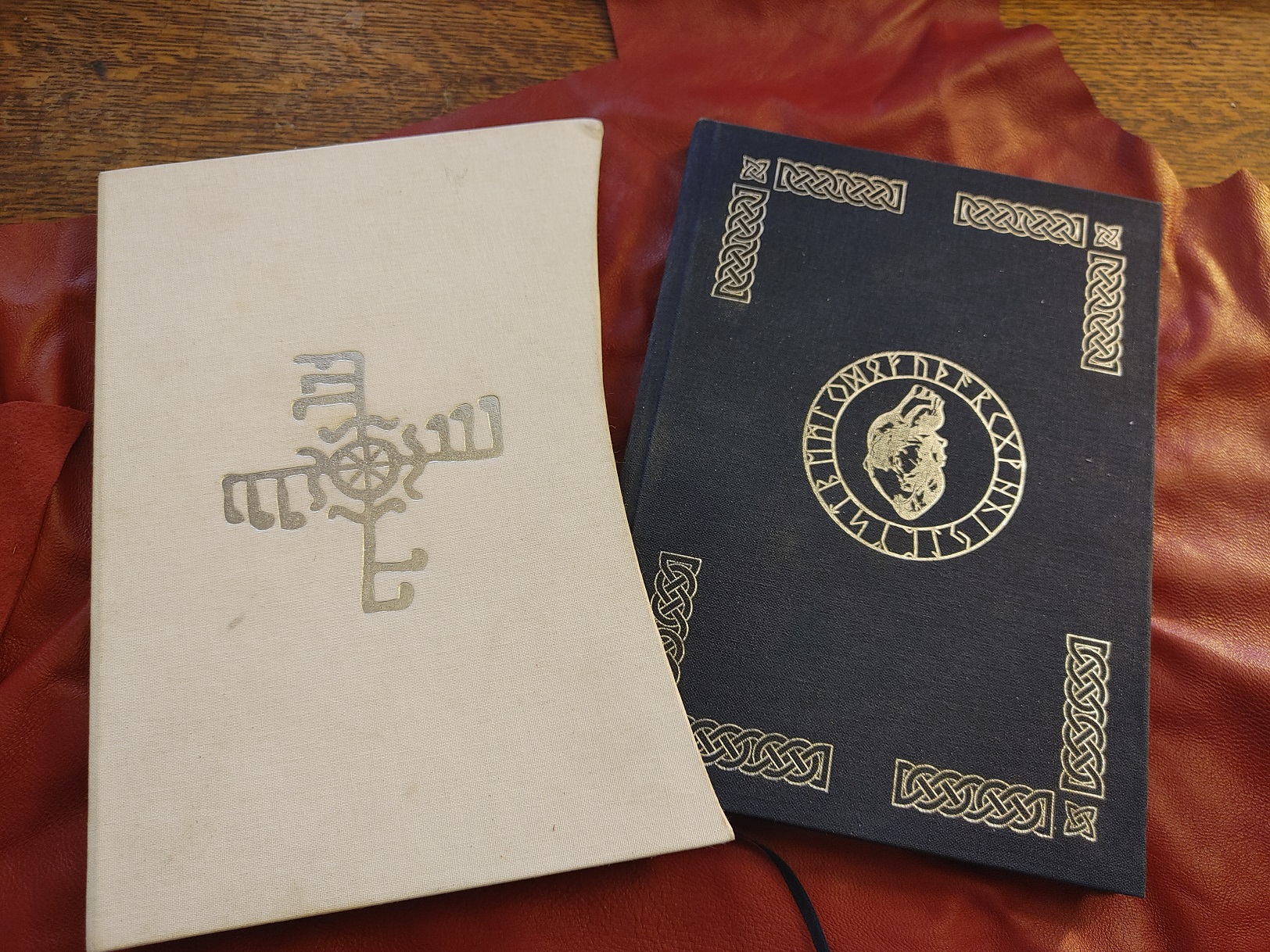

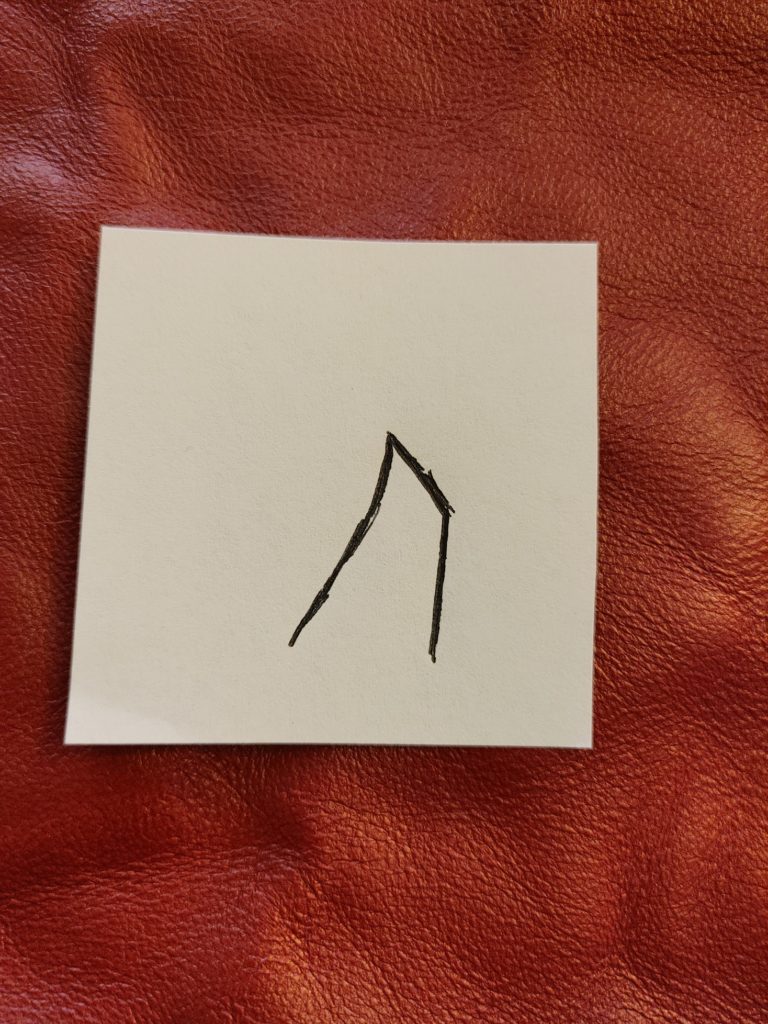
Uruz // The rune of Ginnungagap. Represents the birth of creation and the
original state of being. Symbolizes the womb of which all is born. The beginning
of the cycle and the start of one’s journey
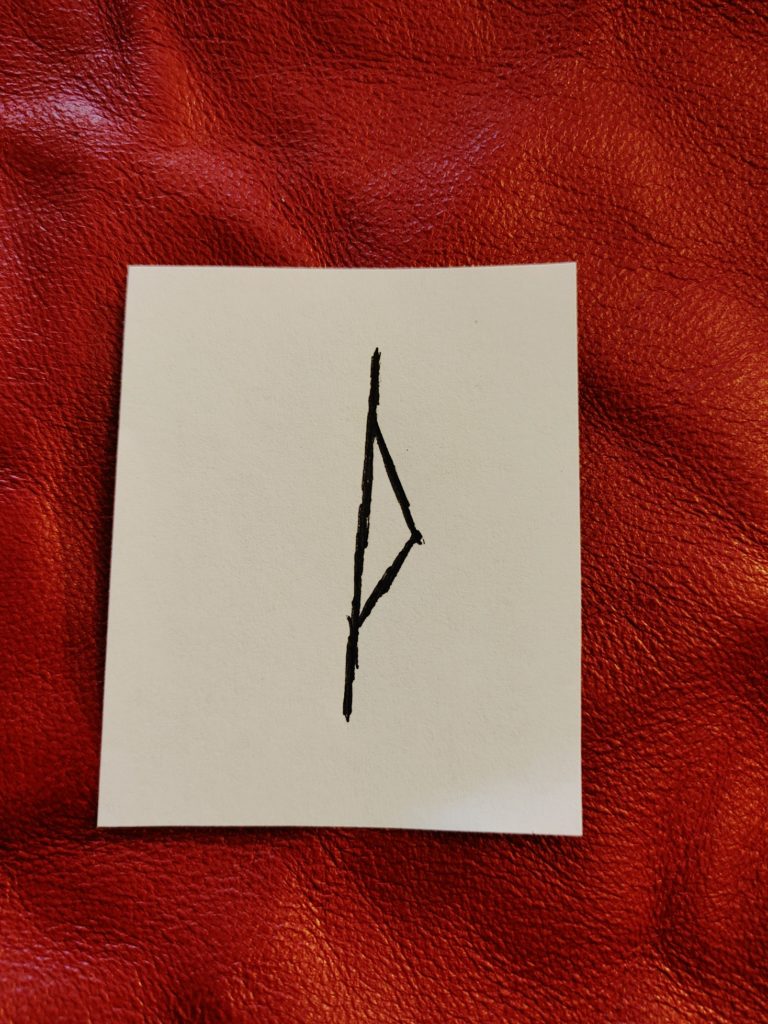
Thurisaz // The rune of the Þurs. Represents the marriage between fire and
ice. The Thorn that bites. Symbolizes the two realms before creation, Múspellsheimr
and Niflheimr. The rune of the two primal elemental forces. The antithesis
of Ansuz, the rune of untamed chaos.

Ansuz // The rune of the Æsir. Represents the divine energy of natural balance
within existence. Wisdom and Initiation. The ascent into the practitioner’s spirit-
being. As mentioned by Thomas Karlsson in the book “Uthark – Nightside
of the Runes” Ansuz is the third rune of the Uþark row. Three is the divine number,
making Ansuz the most prominent rune within the row.
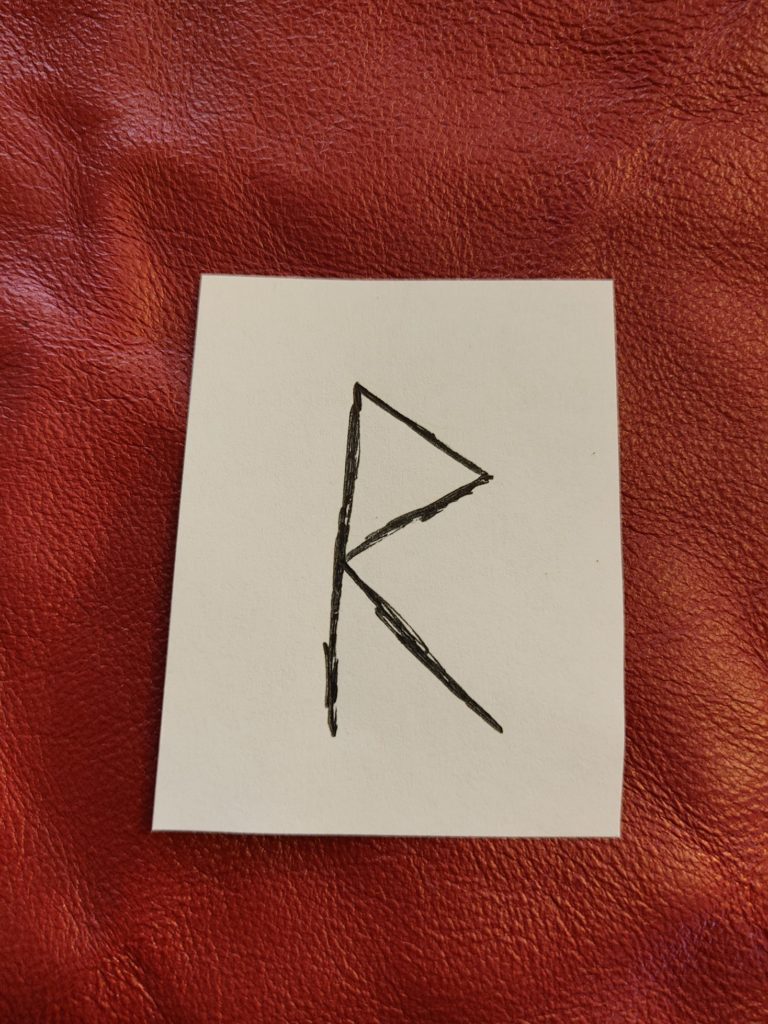
Raido // The rune of order. Represents the sun-wheel (sauvastika). The journey.
Pursuit of self mastery. Symbolizes the traveler and the route of progression in
ones life. The wheels of universal movement.
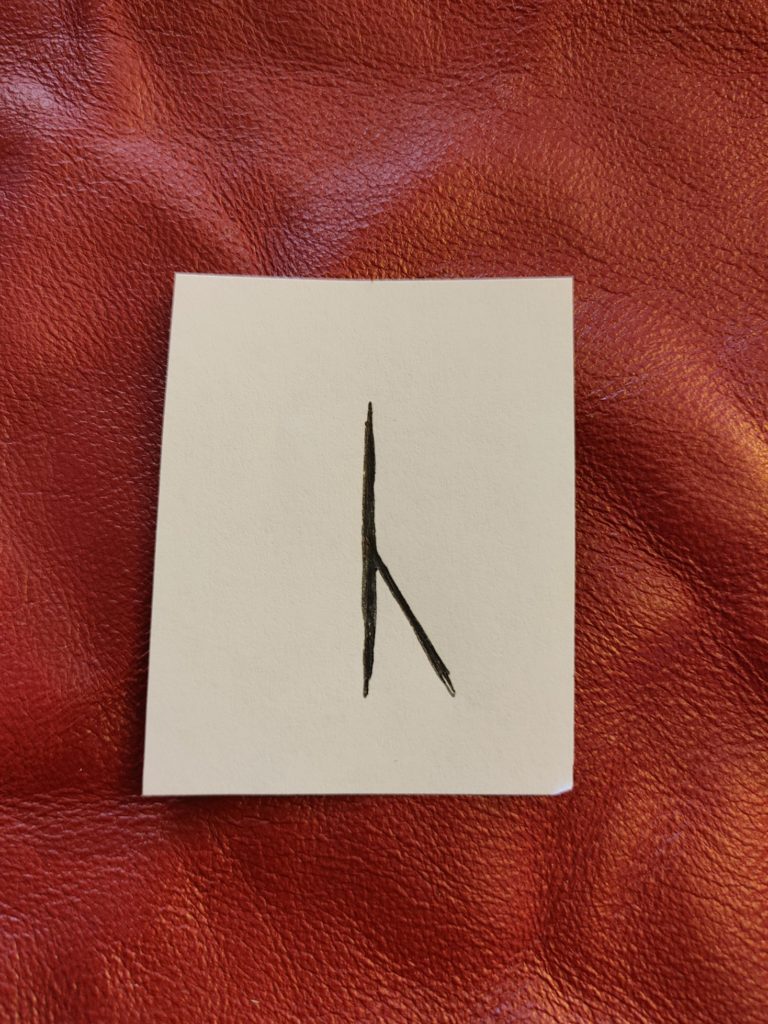
Kenaz // The rune of Loki. The fire rune, or the torch rune. Represents the spiritual
fire within. Also represents Jörmungandr. The immense energy of the sun.
Belongs to Múspellsheimr. Symbolizes both the scoring fires, the luminous eternal
light, but also burning destruction.

Gebo // The rune of sacrifice. Represents the aspects of oneself that must be
destroyed to achieve enlightenment. Symbolizes the exchange of life between
man and the gods. A divine gift.

Wunjo // The rune of happiness. Represents the energy of life and divine essence
of nature. Symbolizes good fortune and luck. The granting of boons.

Hagalaz // The rune of Hel. Represents death and the hidden path; the initiation
into the runes. The battering storm. Trials and tribulations. Belongs to Niflheimr.
Hagal is the mother rune. The cold bite of storms.
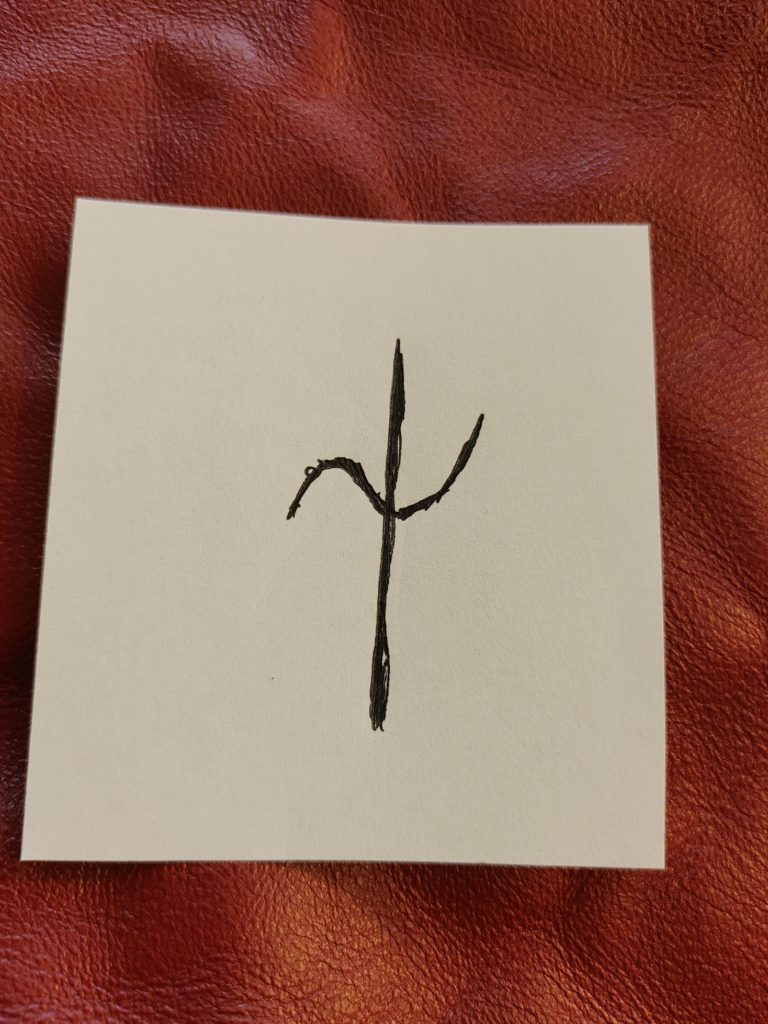
Nauðiz // The rune of secrets. Represents the descent into the hidden path of
the runes. The crossing of paths. The forge on which all is tempered or broken.
Symbolizes the Norns who spin the threads of destiny for all mankind.
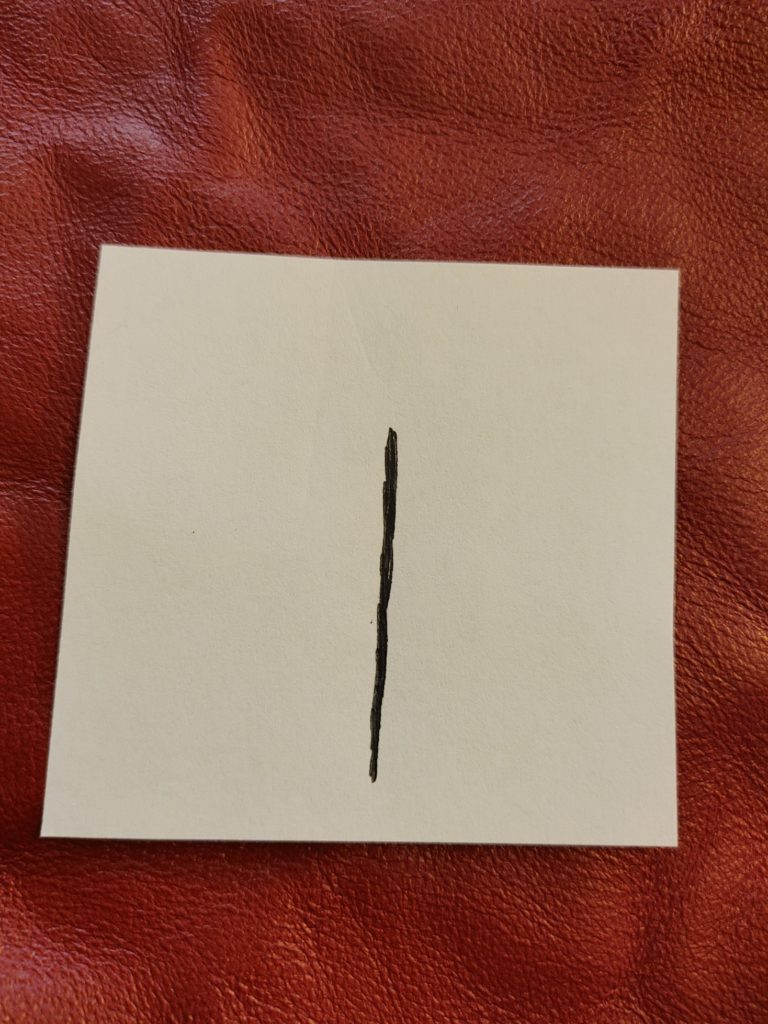
Isa // The rune of Ice. Represents Gullveig and the primordial cold. Symbolizes
meditation/trance, focus and concentration. The rune of hibernation, and the
cooling of the senses. The still waters are clearest. Belongs to Niflheimr.
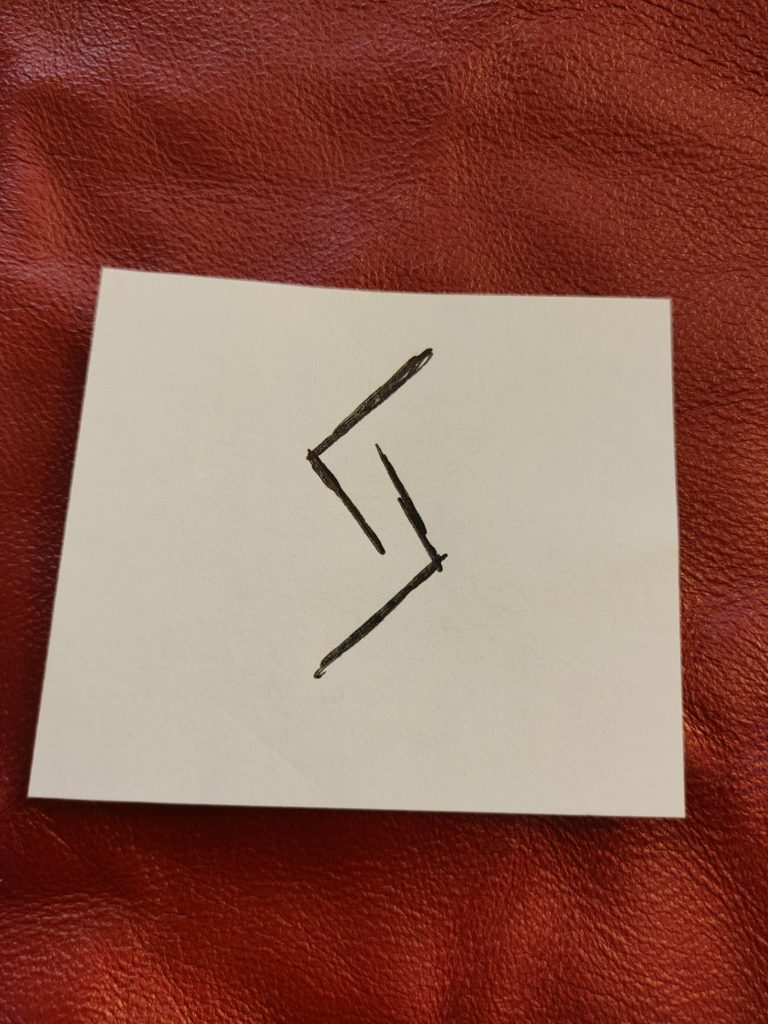
Jera // The rune of nature. Represents the cycle of the seasons and the rebirth
of oneself. Cycles within cycles. The ages, Yugas and the eternal turn of the
wheel. Symbolizes the year span. It is connected to the harvest.
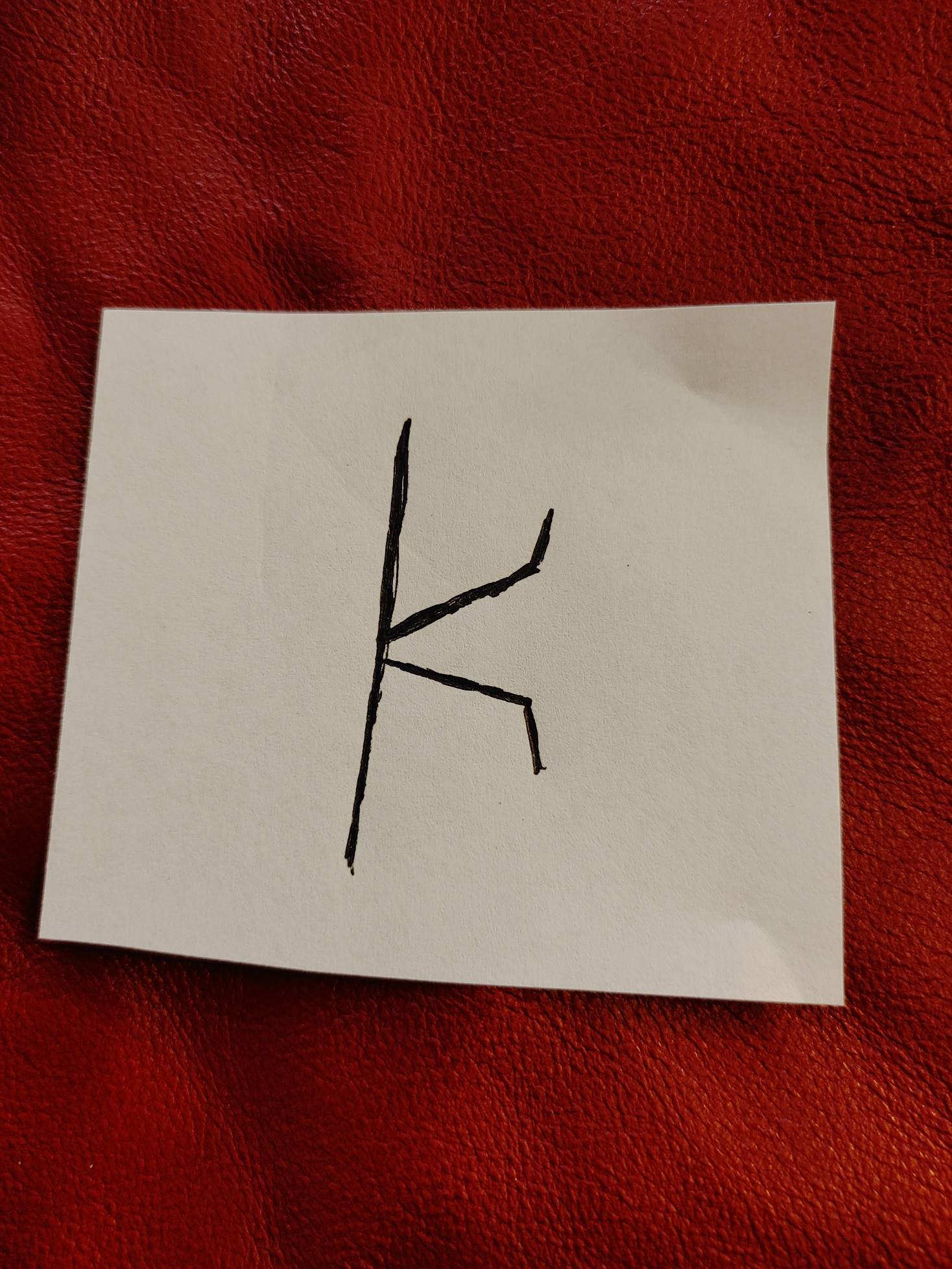
Perþro // The rune of Mímisbrunnr. Represents the underworld and the womb
of death. Initiation and rebirth through sacrifice.
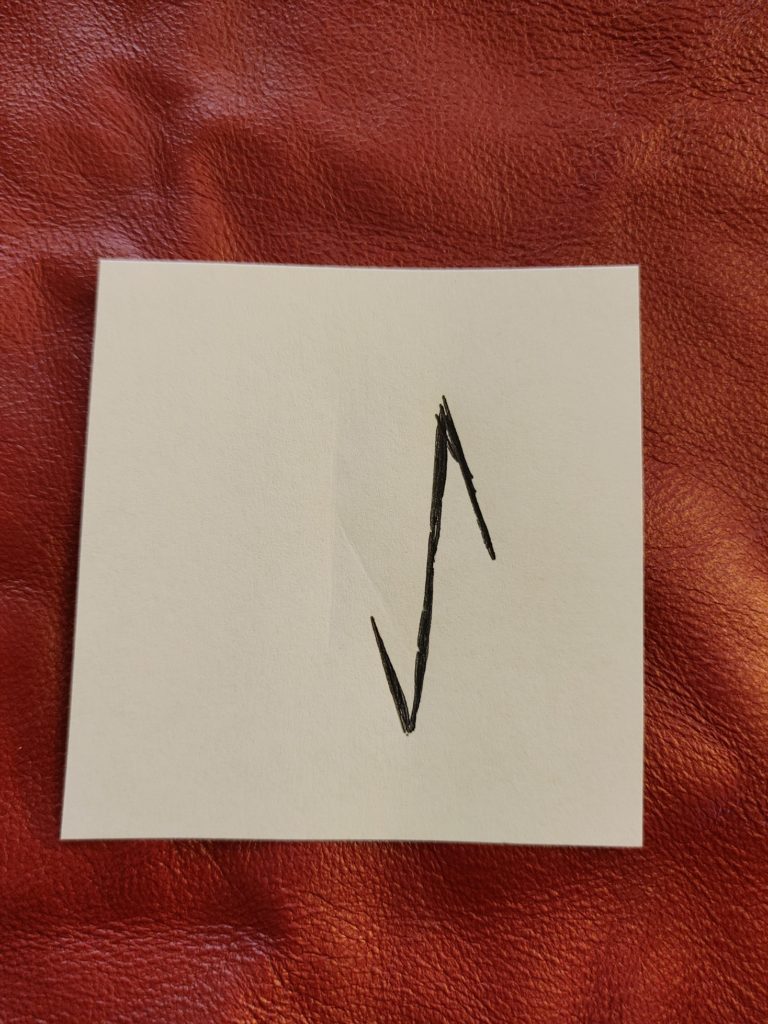
Eihwaz // The rune of Fenrisúlfr. Represents the wild hunt and the untamed
holy fire of the wolf spirit. The transformation into the feral self. Corresponds
to the yew tree, and symbolizes the world tree Yggdrasill.
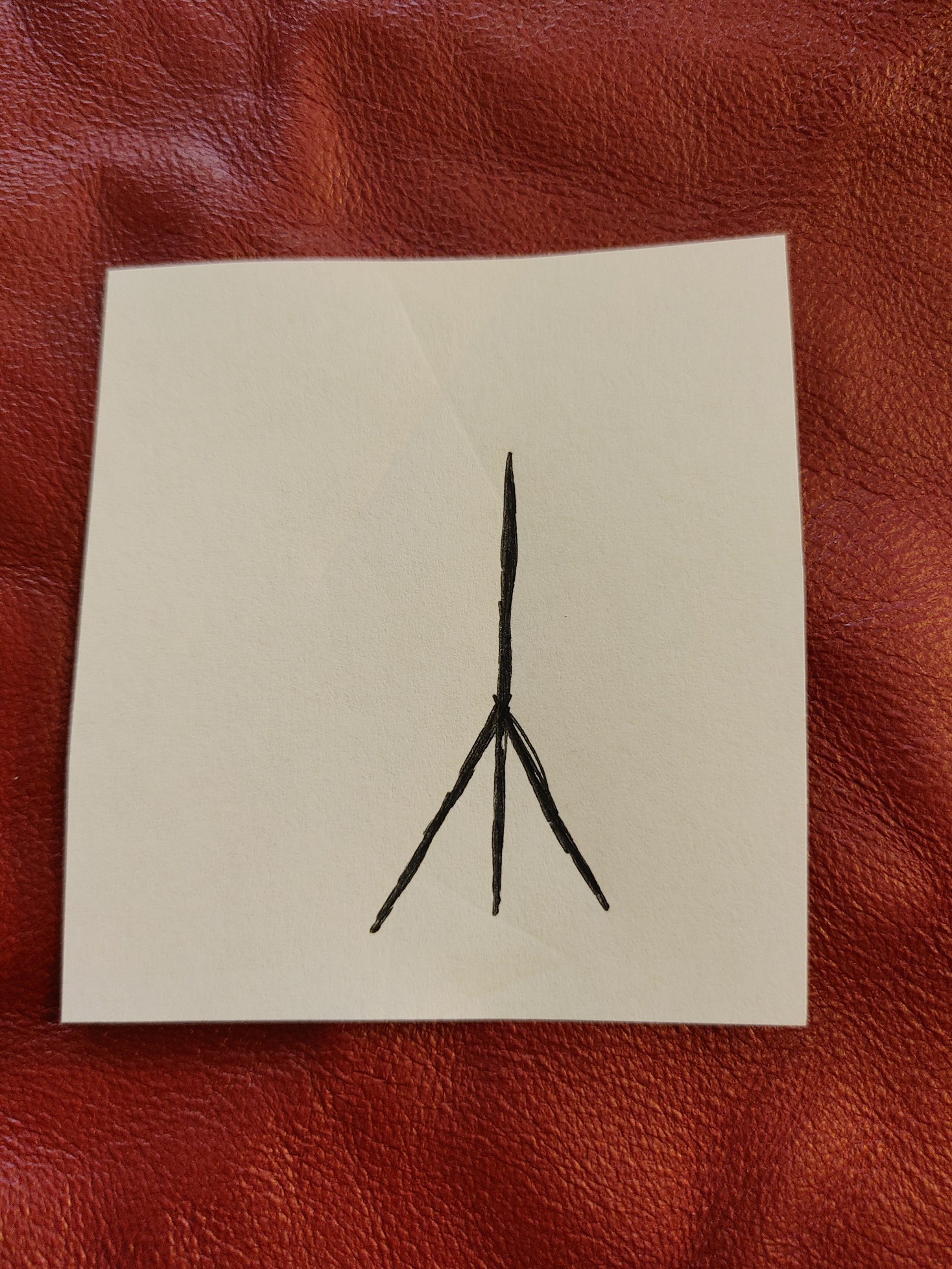
Algiz // The rune of life. When inverted represents death and the dark powers.
Polarity. Creation and un-creation. Life and Death. Being and Unbeing. Symbolizes
the Elk for its upper lines correspond to the Elk’s antlers. It represents protection.

Sowilo // The rune of the Sun/Surtr. Sowilo is the purest of light and the most
power of radiant energy. Can be seen as Baldr’s rune. Also represents the destruction
of the world and the fire-sword Lævateinn. Symbolizes the most powerful
aspects of the sun. Belongs to Múspellsheimr.
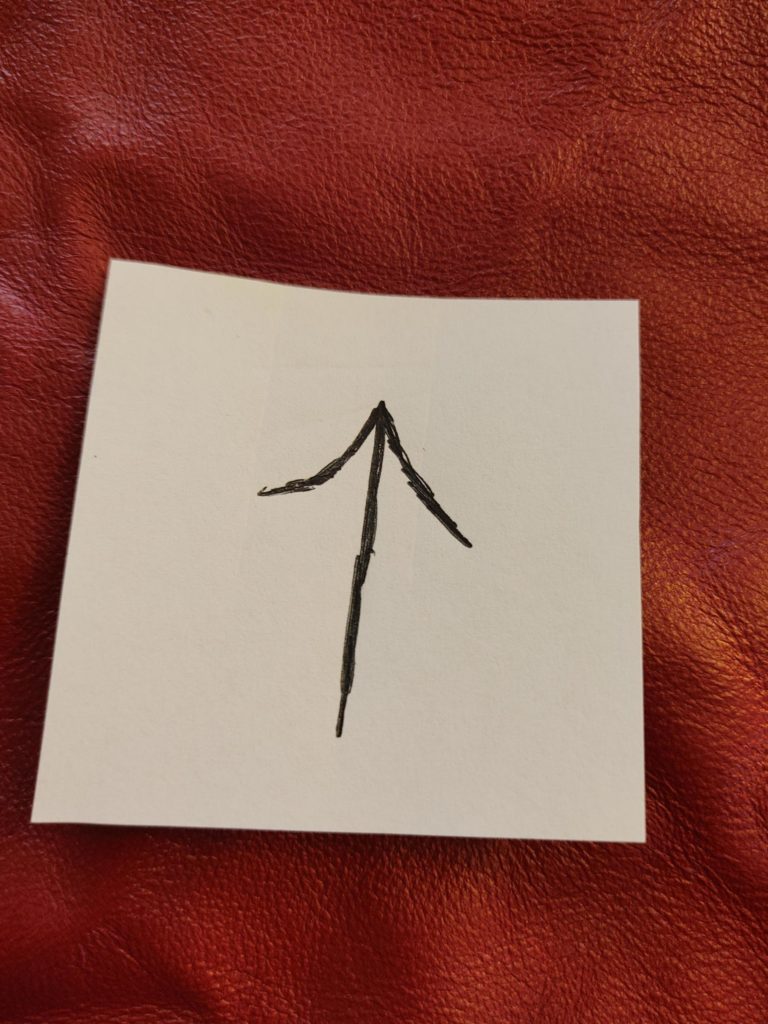
Tiwaz // The rune of victory. Represents the courage to achieve wisdom within
oneself to overthrow fear. The blood spilled in bravery. Belongs to the war god
Tyr. Symbolizes courage and justice as well as self-sacrifice. Seen as the masculine,
phallic rune of man.
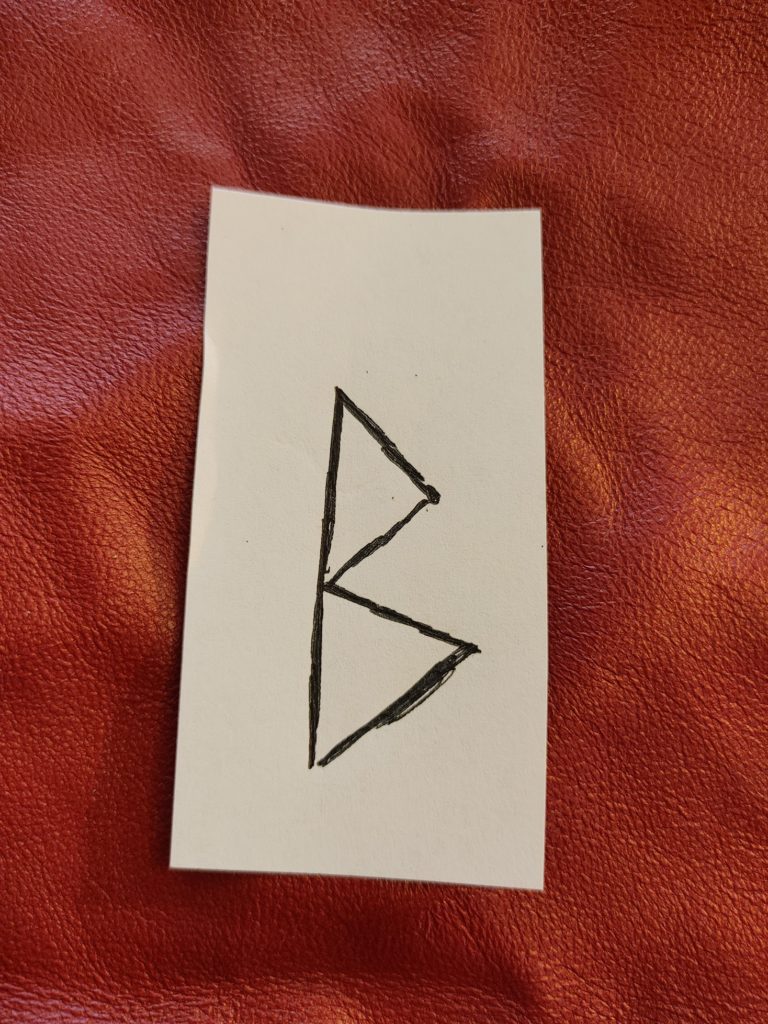
Berkano // The rune of birth. Represents seiðr and the balancing point of life
and death. Erotic magick. The beginning of new things. Symbolizes fertility and
witchcraft. Seen as the rune of birth and as the feminine womb of woman.
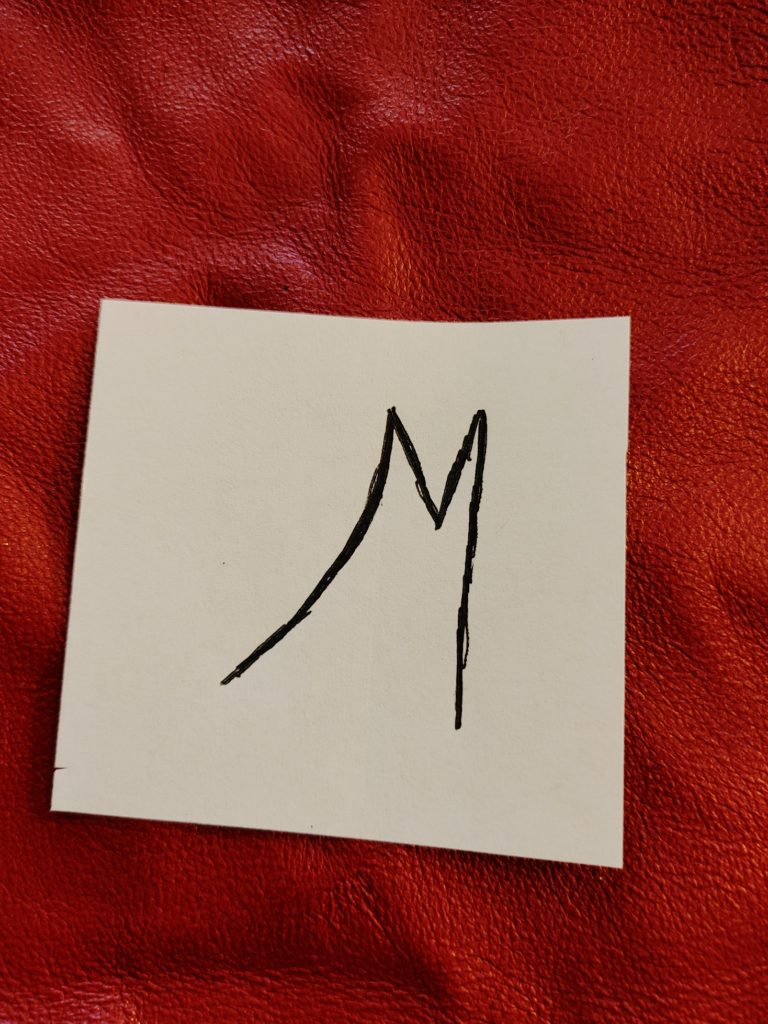
Ehwaz // The rune of Sleipnir/Heldrasill. The rune of the horse. Represents
the journey into darkness to seek the hidden wisdom. This rune symbolizes the
cooperation between man and animal, as the Horse is the magical animal in
Nordic tradition.
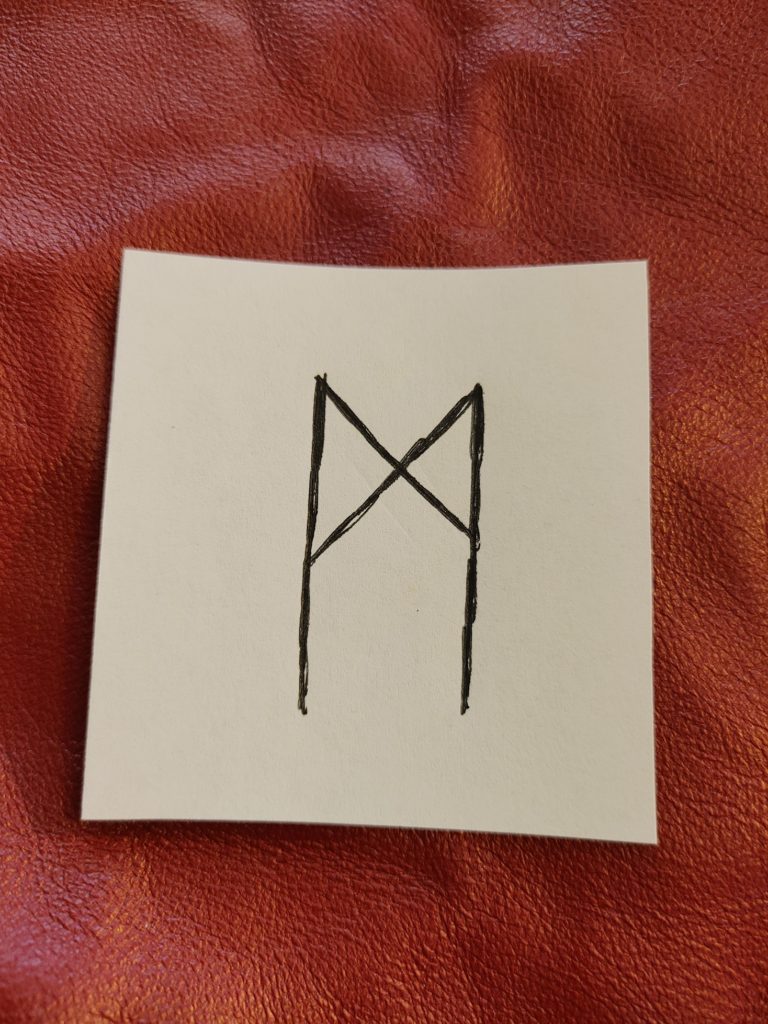
Mannaz // The rune of Man, the rune of self. Represents one’s being and the
realization of one’s power. Symbolizes the bond between man and woman, for
the rune can be seen as two people holding each other.
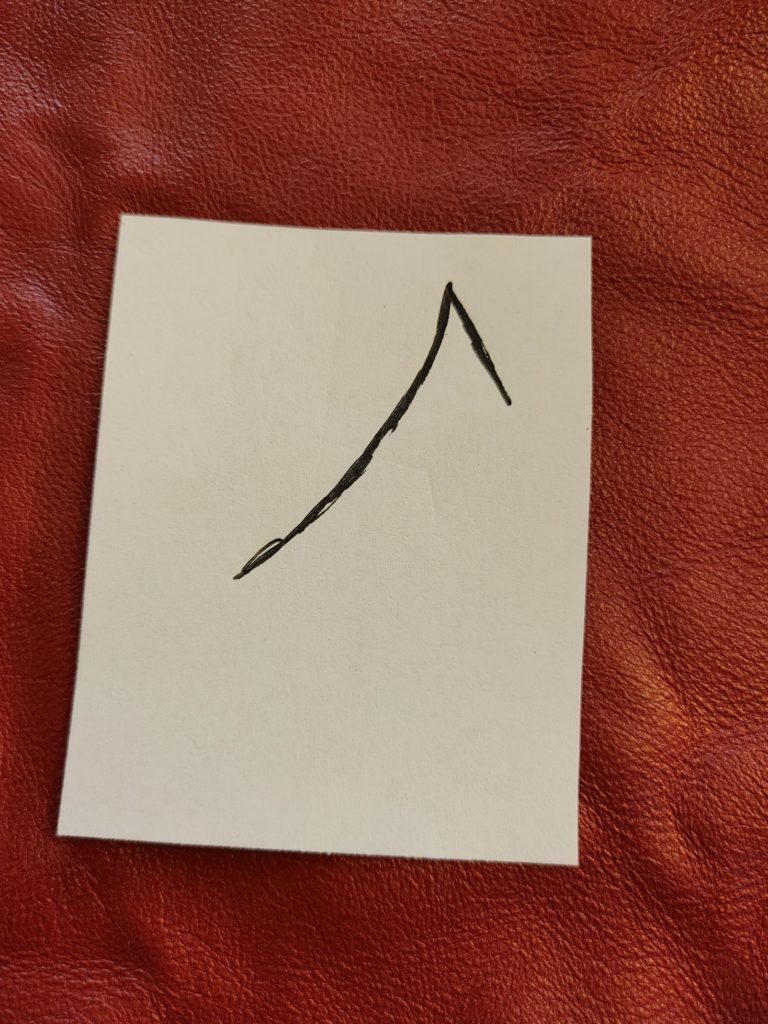
Laguz // The rune of Élivágar. Represents the waters of Niflheimr. Also represents
Jörmungandr. Dark, lunar force. Shakti and the willful side of the feminine.
The devouring face of mother earth. Symbolizes blood and menstruation. Connected
to dreams of the moon. Belongs to Niflheimr.

Ingwaz // The rune of fertility. Represents the proto-cosmic womb and the beginning
of time. Axis of opposites. Symbolizes the masculine seed of man, or
the feminine womb of woman. The rune of potential.
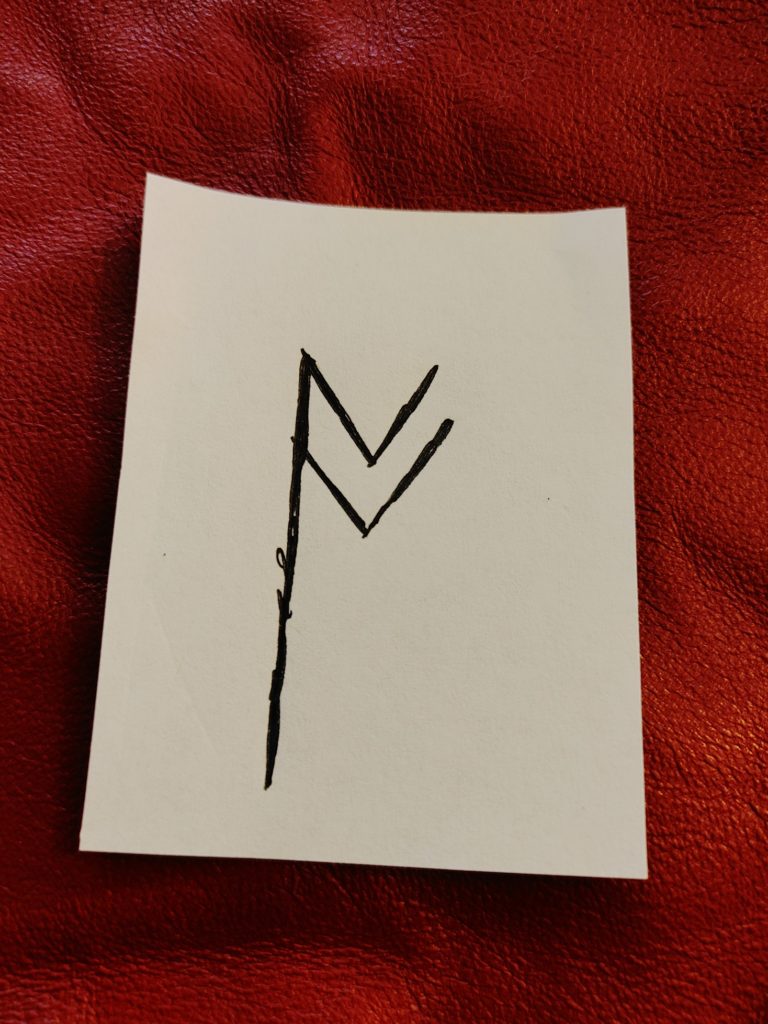
Oþala // The rune of Óðinn. Represents the dark aspect of oneself in order to
ascend into light. Sacrifice for initiation. The opening of the eye of
Óðinn/Shiva/Lucifer. Symbolizes the act of inheritance and the rune of one’s
clan/family. Is seen as the rune of historical value of ancestry.
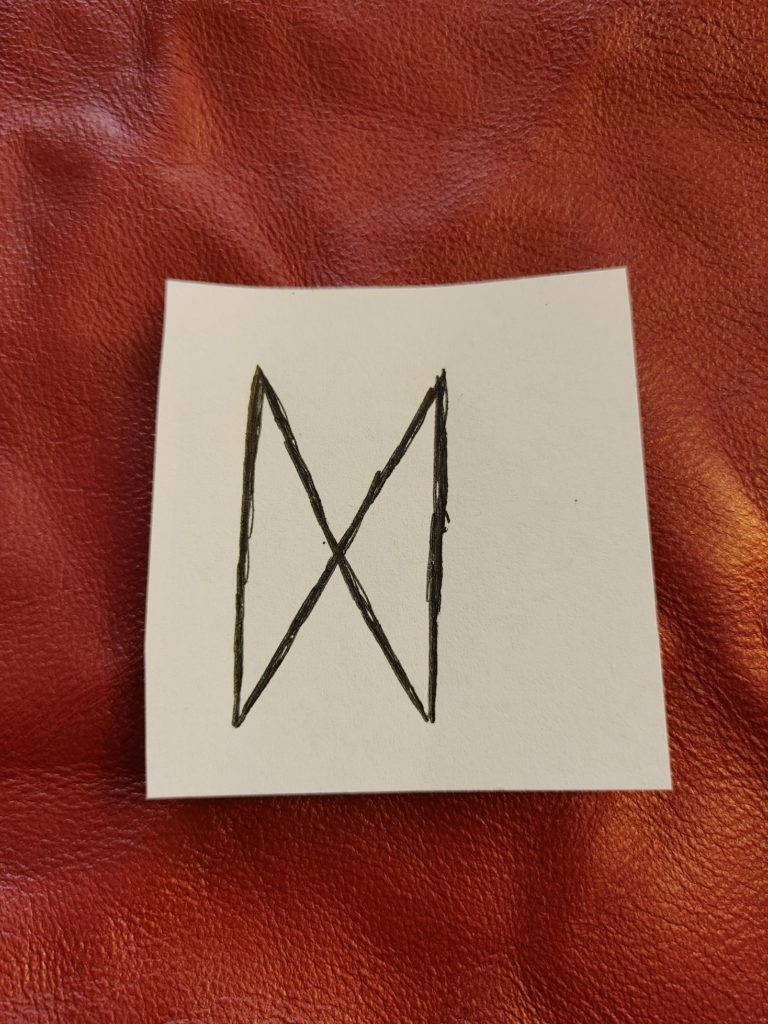
Dagaz // The rune of Day and awakening. Represents the illumination of one’s
inner fire. Symbolizes the clarity and the cycle of time. Dagaz corresponds to
the beginning of all that is new. It is the highest point of the year and symbolizes
the Summer Solstice.
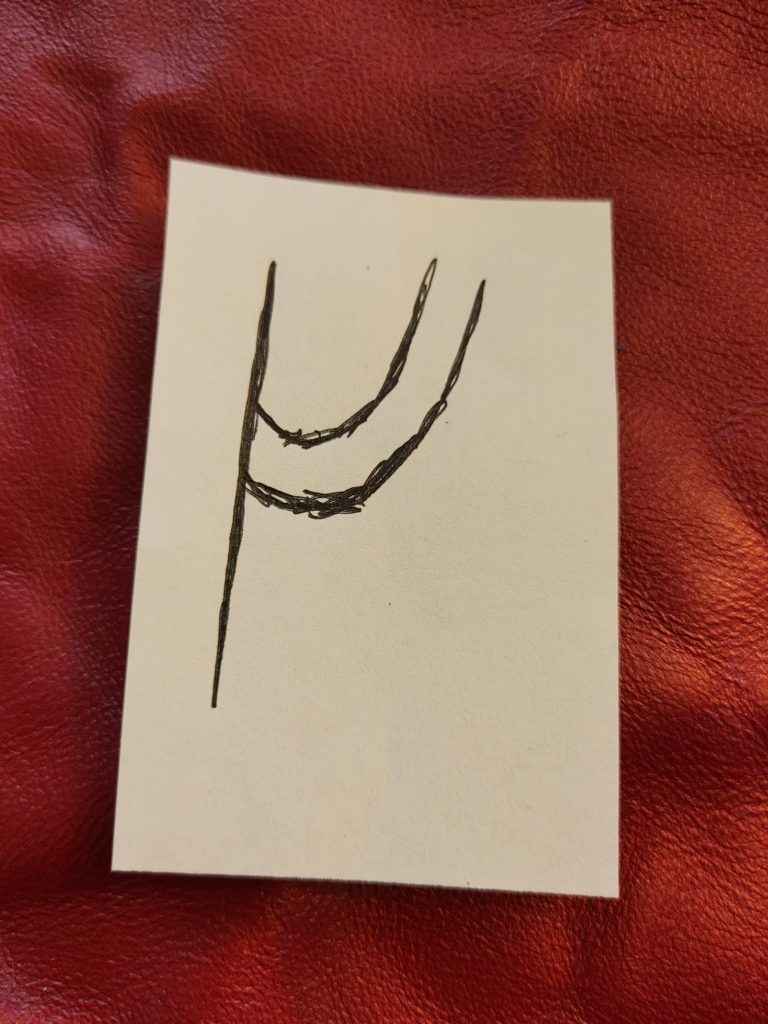
Fehu // The rune of completion. Symbolizes the wealth and reap of rewards of
one’s adventures. Represents the spiritual wealth of one’s journey to obtain the
hidden wisdom. The return and departure. Universe B. The ending of the journey
and the end of the cycle.
As you have seen with these Runes there are absolute differences in their meanings when comparing them to the Elder Futhark and should not be taken lightly when working with. I have seen the Myrkrúnar misused quite a few times so this is partly why I felt doing this blog post is important for giving proper education regarding them. As I said in the beginning of this post all three editions of Myrkþursablót: Nightside of The Old Norse Mythology are out of print but on occasion you can find a copy for sale like HERE.
Also I highly recommend listening to this two part series regarding the book and one of its authors.
On this episode of Strange Dominions, Octavion talks with author and musician Niðafjöll about his book Myrkþursablót: Nightside of the Old Norse Mythology. The two talk paganism, occultism, spirituality, music and even the paranormal.
